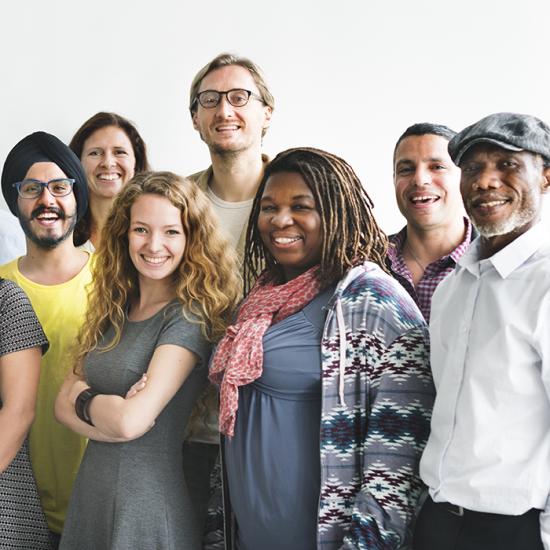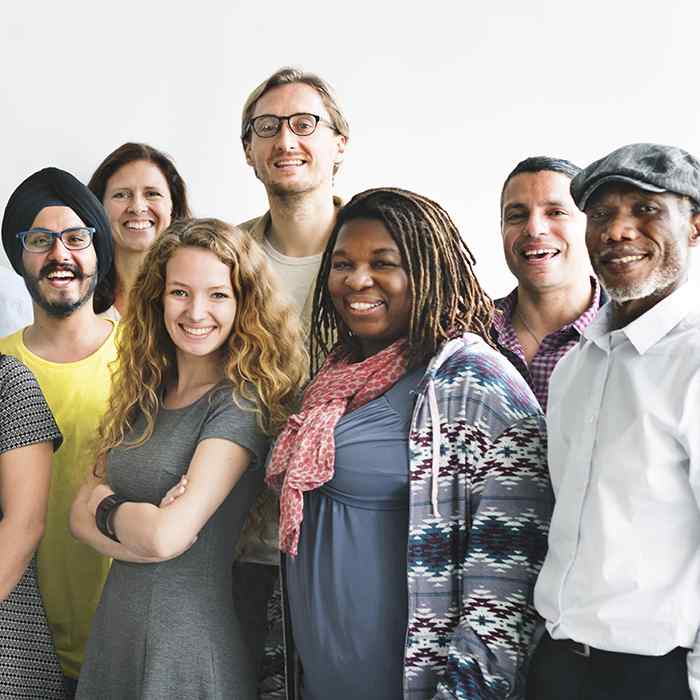During this Pandemic, Racism is our Most Urgent Public Health Emergency
This first appeared as a commentary in MinnPost and is shared with permission.
COVID-19 has claimed the lives of more than 120,000 Americans, including more than 1,400 Minnesotans. While we all share vulnerability to this novel virus, COVID-19 doesn’t impact people equally.
National data clearly show that, more than any other racial or ethnic group, Black Americans are more likely to contract and die from COVID-19. This statistic is not surprising; it is part of an unjust but predictable pattern of racial disparities in health outcomes caused by policies, practices, and structures that routinely disadvantage Black Americans, Indigenous communities, and people of color while creating advantage for white Americans.
It is clear that to eliminate health disparities, we need to name and address racism. This is why, in the midst of a global pandemic and protests demanding justice following the murder of George Floyd, there has been a growing movement to declare racism a public health emergency.
Structural racism is evident across multiple systems
Our health and well-being are shaped by multiple factors and systems that shape neighborhood conditions, opportunities for education and employment, and access to resources that support health and well-being. However, structural racism – which doesn’t require individual intent – is also present in how these systems function, leading to racial disparities across multiple outcomes, including health and well-being.
- Criminal justice. Discriminatory policies and practices result in racial disparities at multiple points in the criminal justice system. George Floyd’s death brought greater attention to the longstanding issue of police brutality and practices that disproportionately impact Black men. A recent study estimated that 1 in 1,000 Black men will be killed by police, a rate 2.5 times greater than for white men. A report published by The Sentencing Project concluded that Black Americans are “more likely than white Americans to be arrested; once arrested, they are more likely to be convicted; and once convicted, and they are more likely to experience lengthy prison sentences.” The negative impacts of criminal justice involvement continue longer after conviction or incarceration, as an arrest record can be a significant barrier to employment and housing.
- Housing and homeownership. Minnesota’s homeownership gap between people who are white and people of color are among the worst in the nation. Past policies, including redlining, racial covenants and discriminatory zoning, denied people of color the same opportunities to generate wealth as white homeowners and led to racially segregated neighborhoods. Chronic disinvestment in these neighborhoods leads to fewer employment opportunities, poorer housing quality, greater likelihood of exposure to environmental pollutants, and less access to resources that support health and well-being.
- Health care. Multiple studies have shown that when treating Black patients, providers spend less time with patients, misinterpret or dismiss complaints, and undertreat pain, as compared with treatment for white patients. While individual bias can contribute to disparities in care, health care providers committed to treating people equally are working in the context of racist systems that create disparities in outcomes for people of different races.
Disproportionate impact
In the United States, the COVID-19 mortality rate for people who are Black is higher than for other racial groups. National data show that the mortality rate for Black Americans is 2.3 times higher than the rate for Americans who are white or Asian, and 2.2 higher than the rate for Latinx Americans.
In Minnesota, relative to the overall population, the percentage of Minnesotans who have tested positive for COVID-19 is disproportionately higher among Black residents (22%, compared with 7% of the population overall), Latinx residents (23%, compared with 6% of the population overall). These disparities may be even larger; race is unknown or is categorized as another race for approximately one-third of all COVID-19 cases.
COVID-19 presents new challenges and threatens to further widen existing health inequities. Black Americans and people of color already experience higher rates of chronic disease as a result of inequitable systems; these underlying conditions increase the risk of having more severe COVID-19 symptoms. Social distancing, our primary prevention strategy for slowing the spread of the virus, can be considered a form of privilege, easier for people with a stable home and who live in places with lower housing density, who have jobs where remote work is possible, and who can afford to have healthy food delivered to their door. People with health insurance or the ability to pay out-of-pocket for health care can seek testing and treatment, rather than delaying care.
We need both short-term and long-term work for change
There isn’t a simple short-term solution for eliminating these health inequities, but we can make changes. As nonprofit organizations and businesses, health care systems, school districts, and state and local governments respond to COVID-19, it is critical that we not only create a short-term safety net for all, but also do the long-term work to dismantle and rebuild the systems that contribute to inequities.
Without a long-term commitment to change, the same inequities will persist after the immediate threat of COVID passes. In our recent report, “The Role of Health Care in Eliminating Health Inequities in Minnesota,” we offered a framework to guide collective action for the health care sector and its partners. There have been other recent calls for the health care sector to take deliberate action, but a public health approach to addressing racism requires work to occur across multiple systems.
Our report also provided the following as starting points for institutions and organizations working to reduce health inequities:
- Use data to understand existing disparities, establish goals, and measure progress. Across sectors, data should routinely be reported by race and ethnicity to increase transparency and accountability for reducing racial inequities.
- Move from simply gathering community input to sharing power with communities to drive action. Communities disproportionately impacted by disparities need to be co-creators of changes that establish equitable systems.
- Identify and change the internal policies and practices that uphold structural racism. Reviewing hiring and promotion practices or updating policies that determine when and how community members can access services are two examples of steps organizations can take to identify and change policies that may be contributing to racial disparities.
- Work to advance local, state, and federal policies that advance equity. Because eliminating health inequities requires change across multiple systems, including education, criminal justice, and housing, there are many ways to become involved in work to dismantle structural racism.
Naming racism as a public health emergency clarifies our direction forward, but will have no impact unless followed by action. This must be a moment to collectively recognize and address racism as a crisis that demands our attention and a true commitment to long-term change.
Melanie Ferris was a research scientist at Wilder Research. She worked with nonprofit organizations, local government entities, and health care systems to understand and address the root causes of health inequities and advance health equity.

